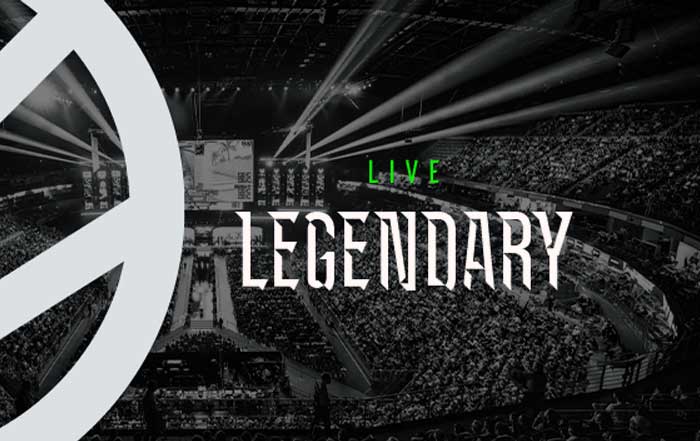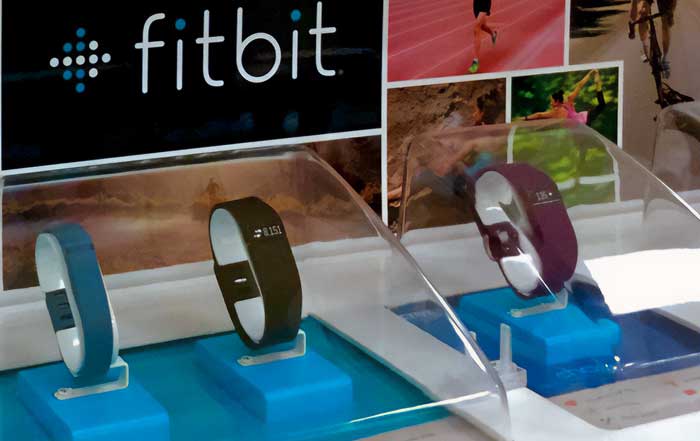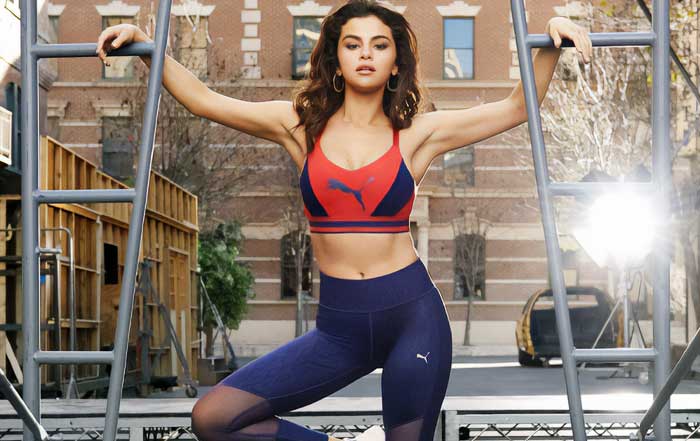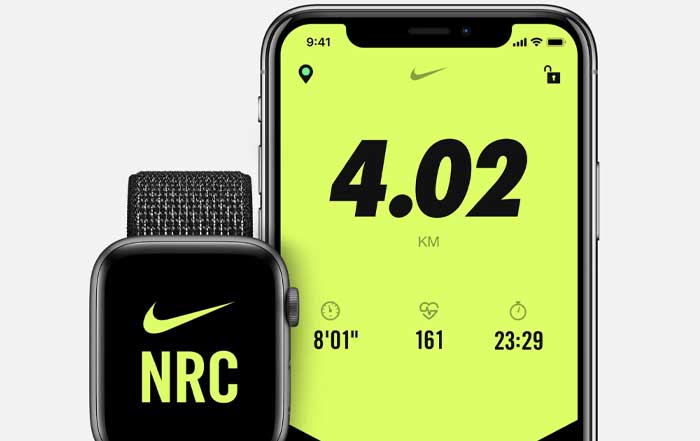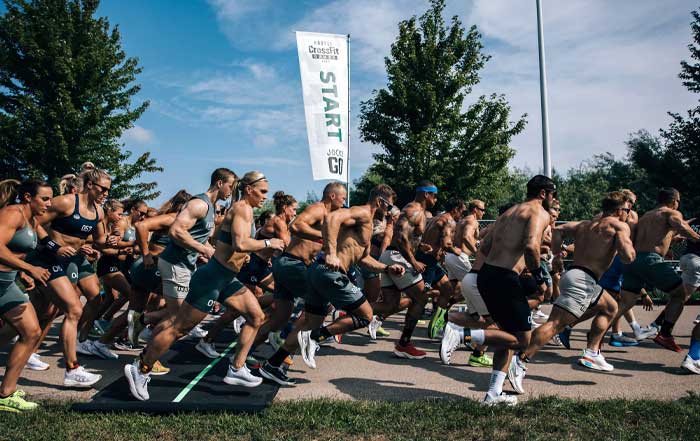The business of fitness has undergone a profound transformation in recent years, particularly in Australia, where technological advancements have catalyzed a significant shift toward online fitness solutions. This evolution is not merely a response to changing consumer preferences but also a reflection of broader societal trends, including the impact of the pandemic, the rise of digital platforms, and the increasing integration of wearable technology into daily life. As Australians embrace these innovations, the online fitness industry has experienced unprecedented growth, reshaping how individuals approach health and wellness.
The Impact of COVID on Fitness Habits
The onset of the COVID-19 pandemic served as a pivotal moment for the fitness industry in Australia. With gyms and fitness centers forced to close their doors during lockdowns, many individuals found themselves seeking alternative ways to maintain their exercise routines. According to a study conducted by Deakin University, 39% of Australians turned to digital platforms for their workouts during the national lockdowns, highlighting a significant shift in fitness habits. This trend was not isolated; it mirrored global patterns as people sought to adapt to new realities imposed by health guidelines and restrictions. As traditional fitness venues closed, the demand for at-home workout solutions surged. The convenience of exercising from home became appealing, particularly for those juggling work-from-home arrangements or family responsibilities. The study indicated that individuals who utilized digital platforms were not only more likely to meet physical activity guidelines but also reported higher levels of engagement with their fitness routines. This newfound reliance on technology has led many to believe that digital fitness will continue to play a crucial role in supporting physical activity well beyond the pandemic's immediate effects.
Emergence of Digital Fitness Platforms
The rise of digital fitness platforms has been instrumental in driving the growth of online fitness in Australia. With an array of options available—from live-streamed classes to on-demand workouts—consumers now have unprecedented access to diverse fitness experiences tailored to their preferences. Popular apps such as Sweat and Les Mills On Demand have gained traction, with Les Mills reporting an astonishing 800% increase in sign-ups during 2020 alone. This surge underscores a growing appetite for flexible and accessible workout solutions that fit seamlessly into busy lifestyles.
Moreover, the proliferation of social media has further amplified this trend. Platforms like Instagram and Facebook have become vital channels for fitness influencers and trainers who share workout routines, nutrition tips, and motivational content. The ability to connect with others in the fitness community has fostered a sense of belonging, encouraging individuals to stay committed to their health goals even when exercising alone at home.
Technological Innovations Enhancing Online Fitness
The integration of advanced technologies into online fitness coaching has revolutionized how individuals engage with their workouts. Innovations such as virtual reality (VR) and augmented reality (AR) are beginning to find applications in this space, offering immersive experiences that enhance motivation and engagement. For instance, VR can transport users into virtual environments where they can participate in interactive workouts or group classes, making exercise feel less solitary and more engaging.
In addition to VR and AR, wearable technology plays a crucial role in shaping the online fitness landscape. Devices such as smartwatches and fitness trackers enable users to monitor their progress in real-time, providing valuable data that can inform training decisions and enhance accountability. As more Australians adopt these technologies—approximately 30% of internet users aged 16 to 64 own wearable devices—the potential for personalized coaching experiences continues to expand.
Australia’s Online Fitness Evolution
2014-2019: Initial Growth
Australia's fitness industry saw a 4.9% growth rate during this period, with the rise of traditional gyms.
2020: COVID-19 Impact
39% of Australians turned to digital fitness platforms during the pandemic, accelerating the shift to online solutions.
2021: Wearable Tech Integration
Wearables such as smartwatches became integral to tracking workouts and providing personalized feedback.
2022: VR and AR Workouts
Virtual reality (VR) and augmented reality (AR) introduced immersive workout experiences, enhancing engagement.
2023: Personalized Coaching
Online platforms began offering more personalized fitness programs based on real-time data from wearables.
2024: Hybrid Models
A hybrid model combining in-person and virtual training is expected to dominate the future fitness landscape.
Accessibility and Convenience
One of the most compelling aspects of online fitness is its accessibility. Individuals residing in remote or regional areas often face challenges accessing traditional gym facilities or personal trainers; however, online coaching bridges this gap by providing expert guidance regardless of geographical location. This democratization of fitness resources ensures that everyone has the opportunity to pursue their health goals without being hindered by logistical constraints.
Furthermore, online platforms offer unparalleled convenience. Clients can schedule workouts at times that suit them best—whether early morning or late at night—eliminating barriers associated with commuting or rigid class schedules. This flexibility is particularly beneficial for busy parents or professionals who struggle to carve out time for exercise amidst their daily commitments.
Personalization through Technology
The ability to personalize fitness programs is another significant advantage offered by online coaching platforms. Unlike traditional gym settings where one-size-fits-all approaches often prevail, online coaching allows trainers to tailor programs based on individual goals, preferences, and progress tracking data collected through apps or wearables. This personalized approach not only maximizes results but also fosters a deeper connection between clients and coaches. Also, ongoing communication facilitated by technology ensures that clients receive continuous support throughout their fitness journeys. Whether through messaging apps or video calls, coaches can provide real-time feedback and motivation, helping clients stay accountable and engaged with their programs.
Economic Growth within the Fitness Industry
The growth trajectory of the online fitness sector is mirrored by broader economic trends within Australia's fitness industry as a whole. From 2014 to 2019, the industry experienced remarkable growth rates averaging 4.9%, with projections indicating an annual growth rate of 3.7% through 2024. Australians collectively spend around $8.5 billion annually on health and fitness services—a figure that underscores the importance of this sector within the economy.
As more Australians turn toward digital solutions for their workout needs, businesses are adapting by expanding their service offerings to include virtual classes and personalized training programs. This shift not only caters to evolving consumer preferences but also positions companies strategically within a competitive landscape increasingly dominated by digital solutions.
Challenges Facing Online Fitness Providers
While the growth potential within the online fitness sector is substantial, it is essential to acknowledge the challenges faced by providers navigating this rapidly evolving landscape. As competition intensifies among various platforms vying for consumer attention, distinguishing oneself becomes increasingly difficult; thus, innovative marketing strategies are paramount for success.
Additionally, many professionals within the industry may struggle with adapting to new technologies or understanding how best to leverage them for client engagement purposes. Continuous education and training will be vital for coaches seeking to remain relevant amidst shifting trends while ensuring they deliver high-quality services that meet client expectations.
Future Trends Shaping Online Fitness
Looking ahead, several trends are poised to shape the future landscape of online fitness in Australia further:
- Integration of Artificial Intelligence (AI): AI-powered applications can analyze user data more effectively than ever before—offering personalized recommendations based on individual performance metrics while adapting programs dynamically as clients progress.
- Hybrid Models: As gyms reopen post-pandemic restrictions ease up globally—hybrid models combining both in-person training sessions alongside virtual components may become increasingly popular among consumers seeking flexibility without sacrificing personal interaction.
- Community Building: Online platforms will likely focus more heavily on fostering community connections among users—creating spaces where individuals can share experiences while motivating one another through shared goals.
- Sustainability Initiatives: With growing awareness around environmental issues—brands may begin incorporating sustainability practices into their offerings—appealing not only aesthetically but ethically towards conscious consumers looking beyond mere convenience when choosing services.
In conclusion, technology is undeniably driving significant growth within Australia's online fitness sector—a transformation fueled by changing consumer behaviors accelerated during challenging times such as those experienced throughout recent years due largely due COVID-19 disruptions coupled with advancements made possible through innovative technologies like wearables or virtual environments enhancing user experience overall while providing unprecedented levels accessibility convenience personalization accountability—all contributing factors shaping future trajectories ahead within this dynamic industry landscape poised continue evolving alongside societal shifts occurring globally moving forward into tomorrow’s world!


